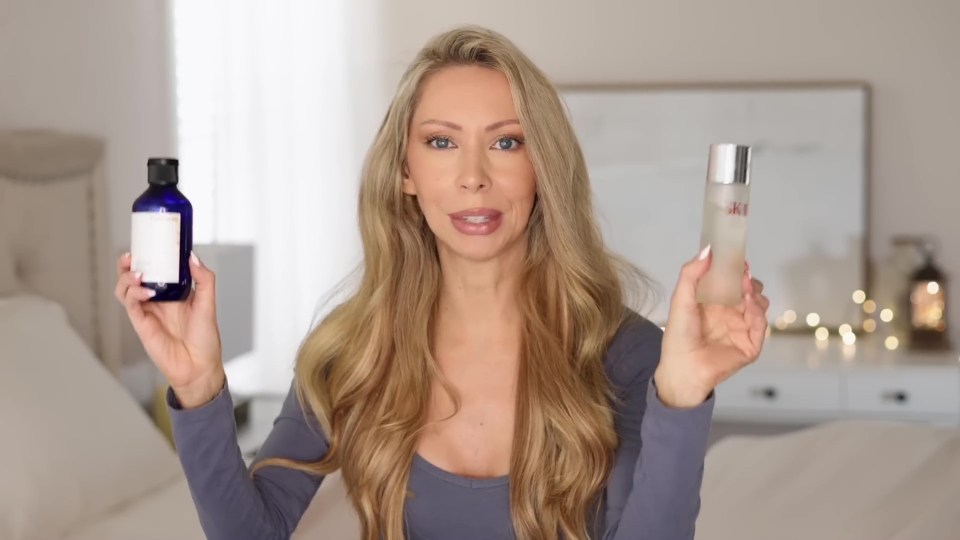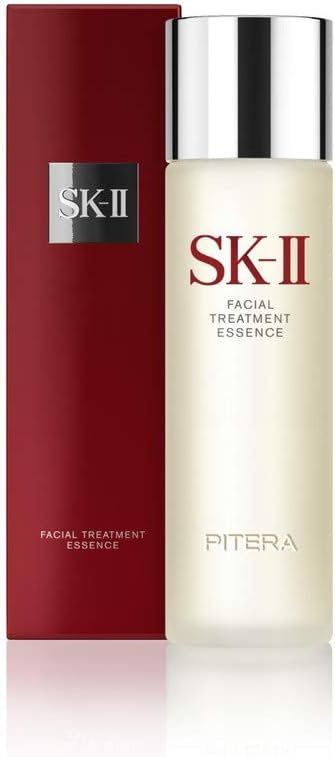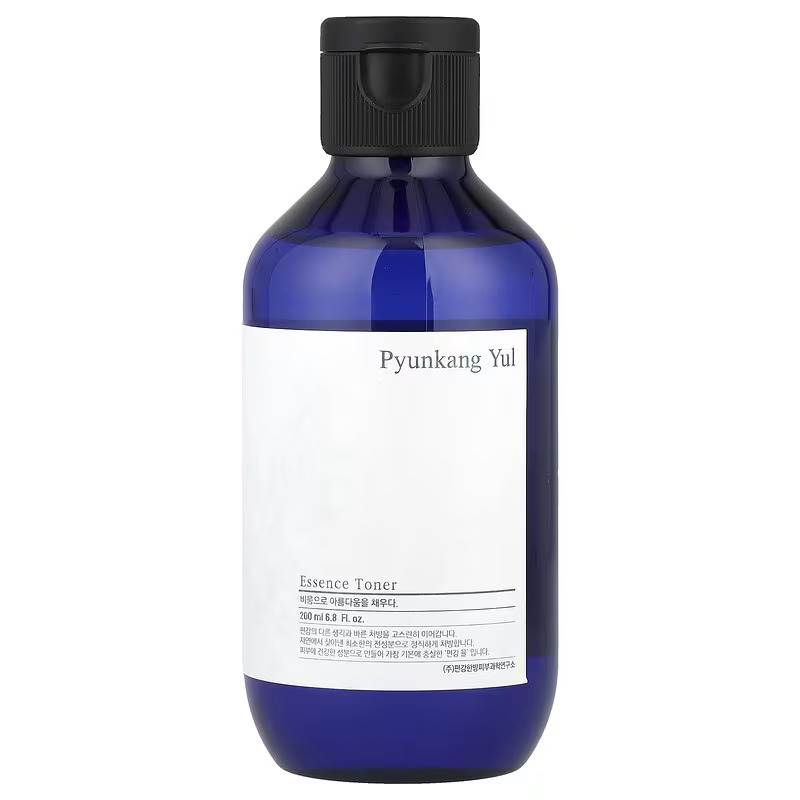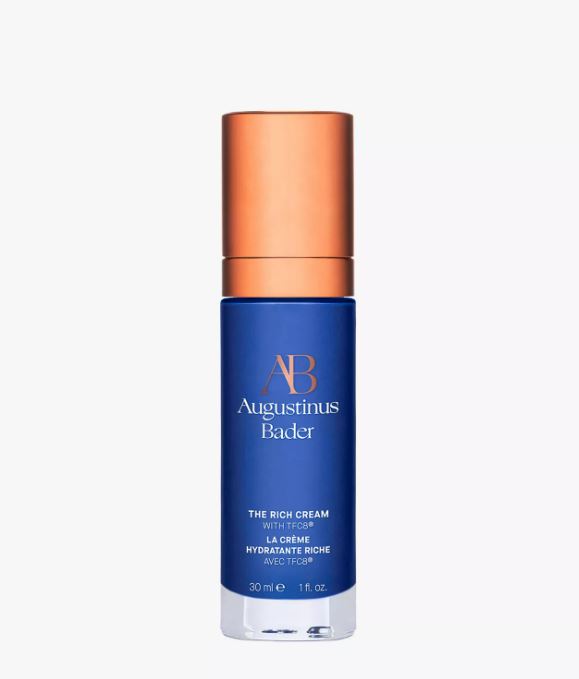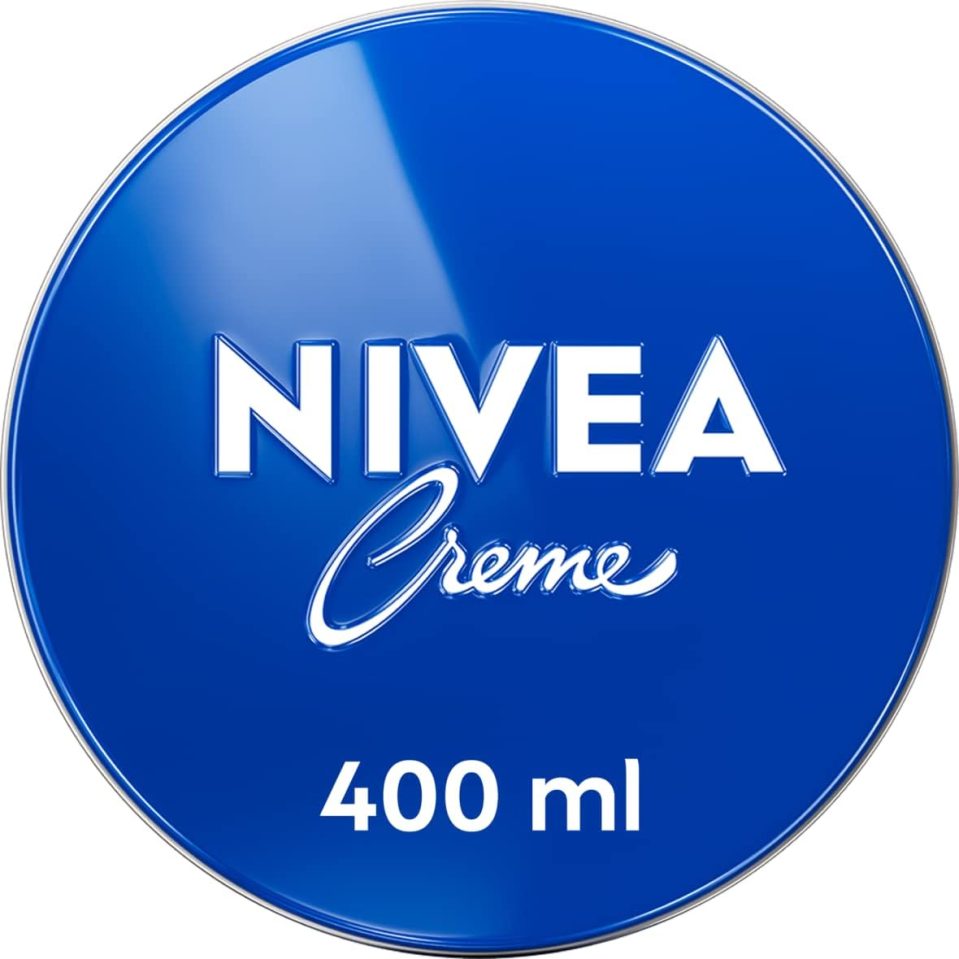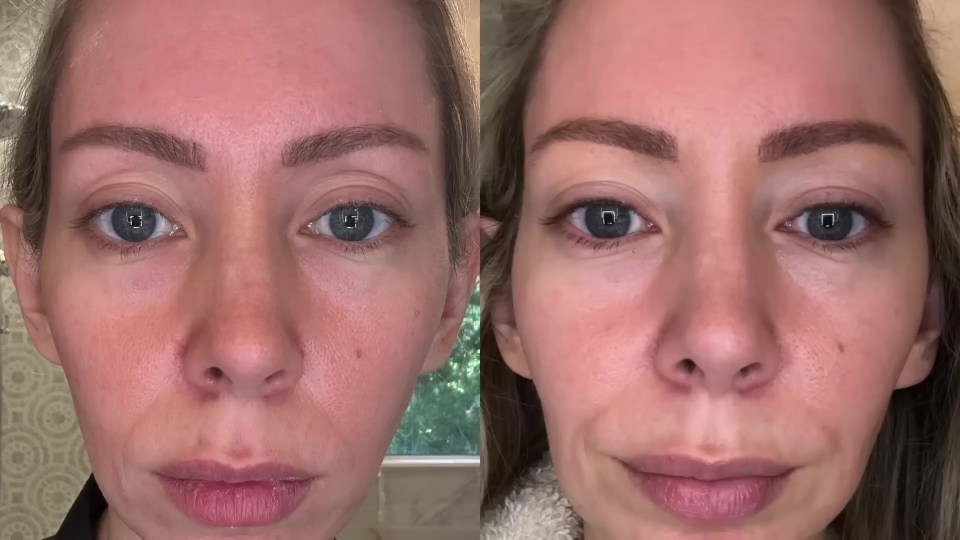MOST people have some form of a skincare routine, but how much do you need to splash for it to be effective?
A 39-year-old woman compared high-end beauty buys with budget-friendly alternatives.
In her viral video, YouTube user Brittany Vasseur shared the results of her skincare experiment.
She explained that she spent six weeks using affordable products on one side of her face and expensive items on the other.
The 39-year-old shared her skincare concerns with her audience before breaking down her process.
Brittany revealed that she is on a “journey to age gracefully and naturally.”
She also informed her subscribers that she doesn’t have any Botox or filler and doesn’t plan on getting any for as long as possible.
“I have larger pores, that’s always been a major concern of mine, this is what real skin texture looks like,” she said as she showed a close-up of her complexion.
For her first product comparison, Brittany tried out the SK-II Facial Treatment Essence, which currently retails for £195 from Amazon.
The item is said to “transform all five dimensions of your skin to crystal clear.”
According to manufacturers, it reduces wrinkles, refines textures, and makes your skin more firm.
For the affordable alternative, Brittany tried out the £12 Pyunkang Yul Essence Toner.
The product is described as “a nourishing essence toner that deeply replenishes moisture to the skin, leaving it smooth and hydrated.”
Next, Brittany tried out the Sunday Riley Good Genes All-In-One Lactic Acid Treatment, which is available for £90 from Amazon.
According to manufacturers, the serum has four benefits: Clarifying, exfoliating, brightening, and instantly plumping.
Brittany compared the buy to a serum from her family’s skincare brand.
She also purchased the Crème De La Mer Moisturiser, which is available for £230 from Amazon.
Biggest skincare trends for 2025
Face The Future’s Head of Clinic, Kimberley Medd, shared the five skincare trends predicted to take off in 2025.
1. Exosomes
Exosomes are the buzzword for 2025, taking advanced skin regeneration to new heights. These micro-messengers signal skin cells to repair damage, boost collagen, and accelerate recovery, and they’re a gamechanger for targeting ageing.
2. Streamlined Skincare
The age of 12-step routines is fading as consumers shift to more intentional, multi-functional products. Streamlining skincare not only saves time but also reduces the risk of overloading your skin. In 2025, we’ll see a rise in hybrid products that combine active ingredients for simplified, effective results.
3. Vegan Collagen
Plant-based collagen will dominate the skincare world this year, providing a sustainable, ethical alternative to traditional animal-derived collagen. Expect vegan collagen in everything from moisturisers to serums.
4. The Rise Of AI
AI is revolutionising the beauty landscape, making it possible for consumers to get truly personalised skincare solutions. In 2025, we predict a dramatic shift towards AI-powered tools that help people understand their skin on a deeper level.
5. Hair Loss Solutions –
Hair loss is an issue that affects more men than we often realise, and it’s no longer just something we’re talking about behind closed doors. This year, expect to see a continued rise in demand for treatments that not only tackle hair loss but also nurture overall scalp health.
To compare, the YouTuber used the £5 Nivea Creme, described as an “all-purpose cream” designed to “soften dry areas.”
Finally, Brittany compared The Rich Cream from Augustinus Bader The Rich Cream, which retails for £150 from John Lewis and a cheaper cream from her family’s brand.
The Augustinus Bader product is described as “an intensely luxurious, super hydrator that stimulates skin’s natural processes of rejuvenation to dramatically improve the complexion’s appearance.”
Brittany revealed that she had been using the items for six weeks and took to ChatGPT for an analysis of the visible results on her face.
She showed the AI generator a side-by-side comparison of her complexion, where she used the high-end products on the left side and the affordable alternatives on the right.
ChatGPT noted general improvements in the YouTuber’s pore size, elasticity, wrinkles, and overall skin radiance on both sides.
Comparing the high-end products with the budget-friendly versions, the AI website broke down the results.
“The left side of your face (high-end skincare) appears to have slightly smaller pores compared to the right side (budget skincare), the difference is subtly but noticeable,” ChatGPT said.
It also noted that the side with the high-end buys appeared to be “marginally firmer” particularly in the cheek area.
In terms of wrinkles and fine lines, ChatGPT noted that the high-end side “appears to show slightly less pronounced fine lines” compared other side.
“This could indicate that the high-end products provide better hydration or active ingredient delivery,” the AI generator said.
For skin tone and radiance, it also pointed out that the high-end side looks “marginally more radiant and even-toned” compared to the other side.
“This may be due to advanced formulations or higher concentrations of active ingredients in the high-end products,” it concluded.
It described the differences between the sides as “subtle,” pointing out the cost disparity, which amounted to the high-end buys costing 263.5 times the amount of the budget buys in US dollars.
“The budget products vastly outperform high-end products in value, delivering results at a fraction of the price,” the AI platform summed up.
Brittany agreed with this conclusion, telling her followers: “Honestly, I could not notice a difference visibly or feel a difference in any way that could justify those kind of price tags.”
